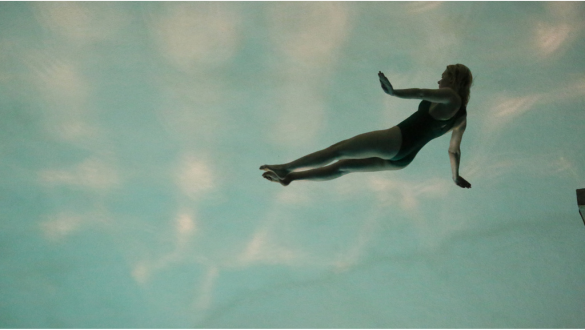
The film was conceived as part of an exhibition on Carax at the Pompidou Centre, which had asked the director to answer audio-visually the question: “Where are you, Leos Carax?” Although the exhibition never took place, Carax’s answer is a medium-length cinematic essay on power, politics and image-making, a self-portrait with references to his experiences, influences and filmmaking, and a tribute to the late Jean-Luc Godard. The film's Godardian style emerges from the assemblage of archival material of films and political events, from Carax's sometimes indicative and sometimes cryptic narration, and from the graphic treatment of the moving images. It is a playful, oblique, yet frankly reflective film. For Carax, οur hyper-visualized contemporary world of images blinds us as to the dangers of fascism and
the evidence of persistent beauty in our daily lives.





